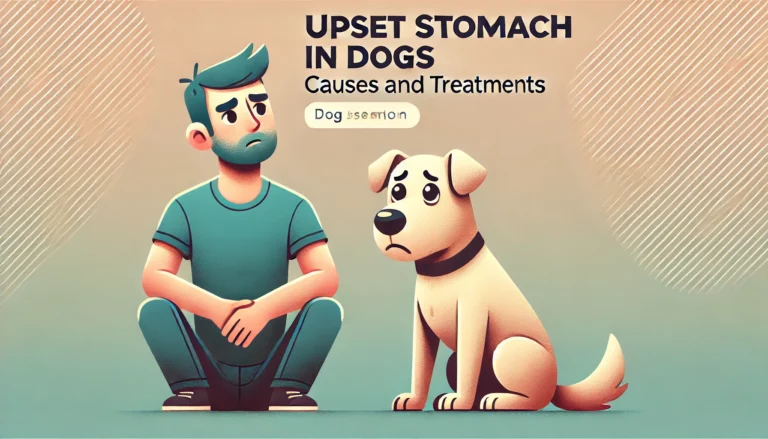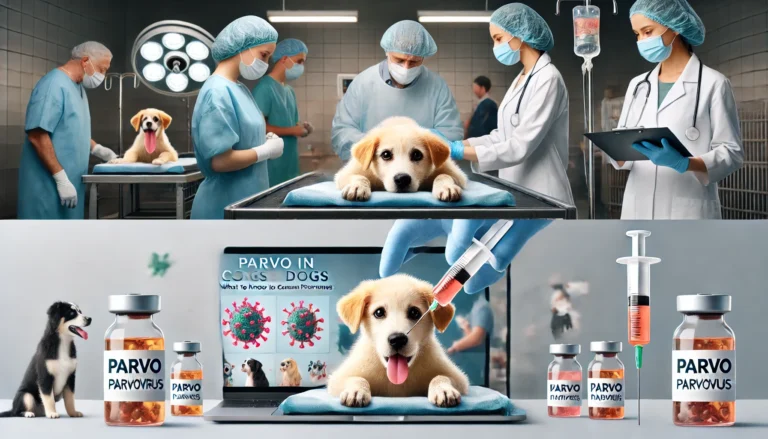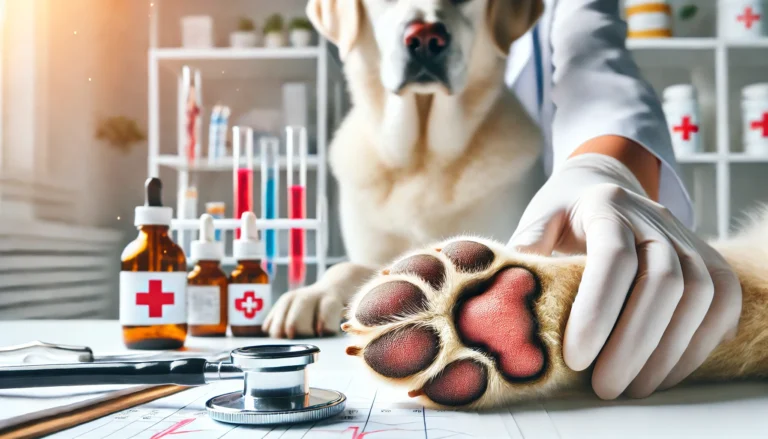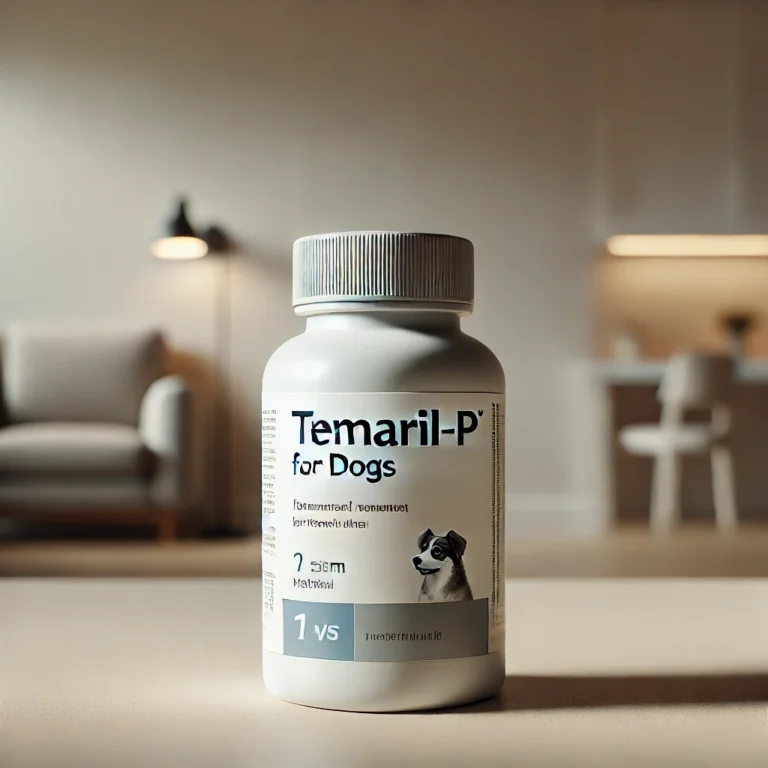what can trigger a seizure in a dog?

seizure in a dog is a very serious thing.
Witnessing your beloved pet in the throes of a seizure can be an utterly terrifying experience. Understanding what triggers seizures in dogs, including why dogs have seizures, and what dog seizure symptoms look like, is crucial for any dog owner. This guide delves deep into the causes, symptoms, and treatments of dog seizures, helping you know precisely what to do if your dog has a seizure.
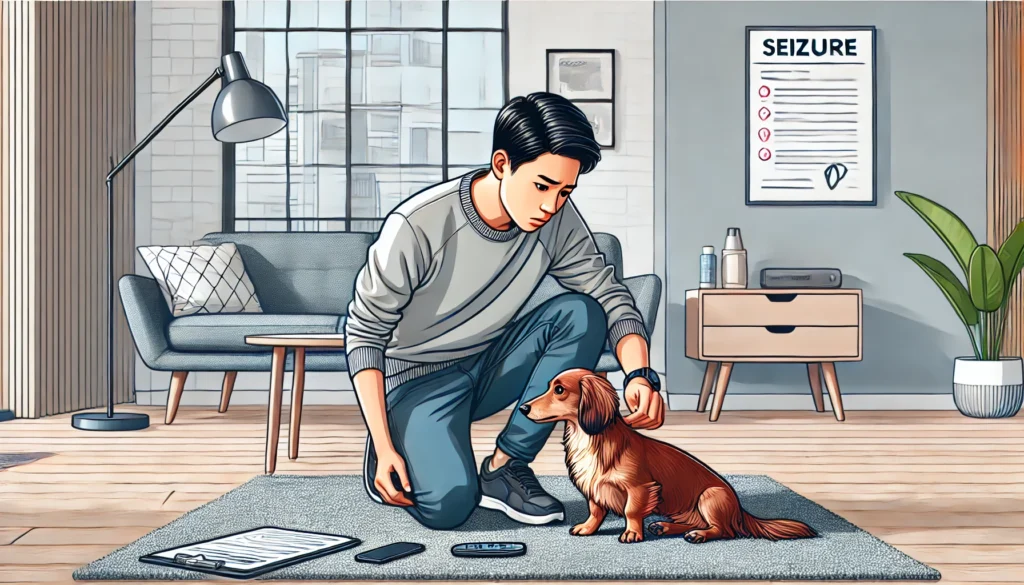
Part 1: Recognizing the Signs of Seizure in a Dog
What Does a Dog Seizure Look Like?
A seizure can manifest in several ways, ranging from the barely noticeable focal seizures in dogs to the more severe grand mal seizures. Common signs include sudden onset seizures in old dogs, dog convulsions, and post-ictal phase dogs exhibiting confusion. Understanding these symptoms helps you prepare for what to do after your dog has a seizure.
Types of Seizures in Dogs
Seizures are not a one-size-fits-all event and can vary dramatically. Types of seizure in a dogs include:
- Focal seizures, which might cause your dog to exhibit strange behaviors like dog screaming in sleep.
- Generalized seizures, often termed grand mal seizures, involve more of the body and are typically what most think of when imagining a seizure.
Part 2: Causes Behind Seizure in a Dog
Why Do Dogs Have Seizures?
Several underlying issues can lead to seizures. What causes seizures in dogs might be genetic, such as with epilepsy in dogs, or due to external factors like toxins (chocolate, xylitol) leading to dog seizures out of the blue. Other common causes include:
- Brain tumors
- Liver disease
- Kidney failure
- Infections affecting the brain
Understanding Seizure in a Dog can help you prevent conditions like dog suddenly stiff and shaking and manage treatment more effectively.
Part 3: What to Do During and After a Dog Seizure
During the Seizure
What to do if your dog has a seizure? First, ensure they are in a safe location where they cannot injure themselves. Do not attempt to restrain your dog, but you can cushion their head to prevent injury. It’s helpful to record the seizure with your phone; this video can be crucial for your veterinarian to see what dog seizures look like.
Post-Seizure Care
Post-seizure care is as crucial as the immediate response. Dogs may be disoriented or temporarily blind, shown by symptoms like dog back legs weak after seizure. Ensure a quiet, comfortable space for them to recover. What to do after a dog has a seizure involves close monitoring and gentle care as they regain their normal behavior.
Part 4: Long-Term Management and When to Consider Euthanasia
Managing Dog Seizures Long-Term
Long-term management might include medication prescribed by your vet, designed to reduce the frequency and severity of seizures. Dietary changes and environmental management also play a crucial role.
Euthanasia: A Difficult Decision
Dog seizures when to put down? It’s one of the most challenging decisions a pet owner can face. If seizures become too frequent or severe, causing significant suffering despite treatment, euthanasia might be a consideration to discuss with your veterinarian.
Did you know?
Flea dirt, also known as flea feces, is the excrement produced by adult fleas after feeding on blood. It appears as tiny, dark granules resembling black specks or pepper flakes.
Conclusion of seizure in a dog
Seizure in A dogs are a complex issue, influenced by various factors and requiring careful management. By understanding the symptoms, causes, and treatments, you can ensure that your dog leads a comfortable life and manage any seizures they might have with confidence and calm.
Additional Resources for seizure in a dog
For more detailed information and support, consider visiting websites like the Canine Epilepsy Network or the Epilepsy Foundation. They offer resources about dog seizures treatment and community support for affected pet owners.
Can my dog’s food cause seizures?
Yes, certain ingredients or contaminants in dog food, like artificial additives, can potentially trigger seizures in dogs.
Does anything trigger seizure in a dogs?
Yes, common triggers include stress, lack of sleep, flashing lights, and dietary factors.
What do you do if your dog has a seizure?
Keep your dog safe from injury, do not restrain them, and speak calmly. After the seizure, keep them calm and cool, and contact your vet.
How does a seizure look like in a dog?
A seizure may involve convulsions, muscle stiffening, jerking, drooling, tongue chewing, or even collapse.
What would cause a seizure all of a sudden?
Sudden seizures can be caused by brain tumors, toxins, head injuries, or metabolic issues like liver or kidney disease.
What are 4 triggers of seizures?
Four common triggers are stress, sleep deprivation, alcohol withdrawal, and flashing lights.
What foods can trigger a seizure?
Foods containing stimulants like caffeine or theobromine, and those high in artificial additives and preservatives, can potentially trigger seizures.
Can vitamin D deficiency cause seizures?
Yes, severe vitamin D deficiency can contribute to seizures by affecting calcium metabolism, which is crucial for proper nerve function.
Can drinking water prevent seizures?
While dehydration can trigger seizures, staying hydrated can help manage and possibly prevent seizures, though it is not a guaranteed prevention
Is milk good for seizures?
Milk isn’t specifically beneficial for preventing or managing seizures, but maintaining a balanced diet, including dairy, supports overall brain health.



